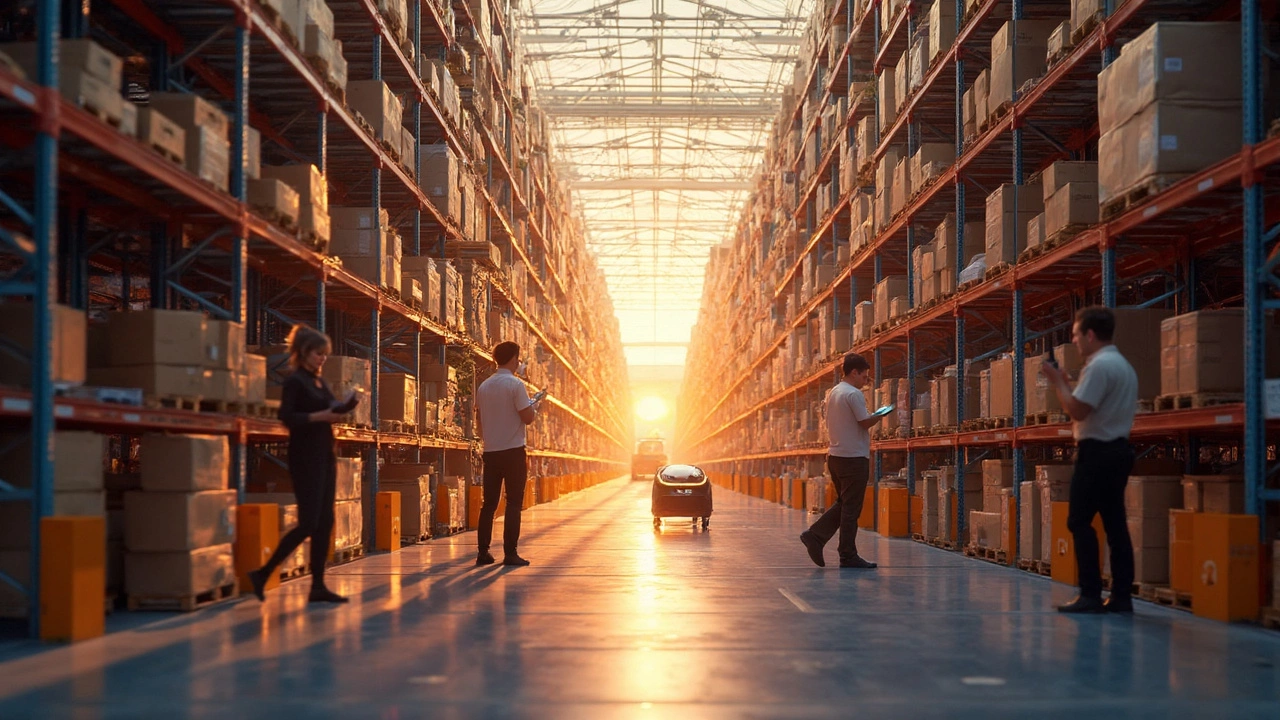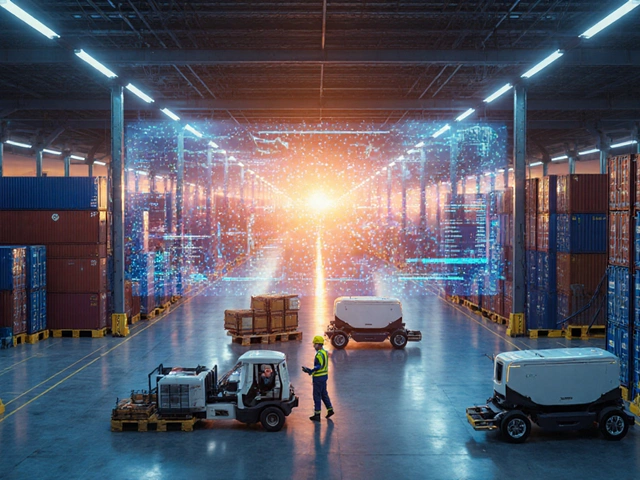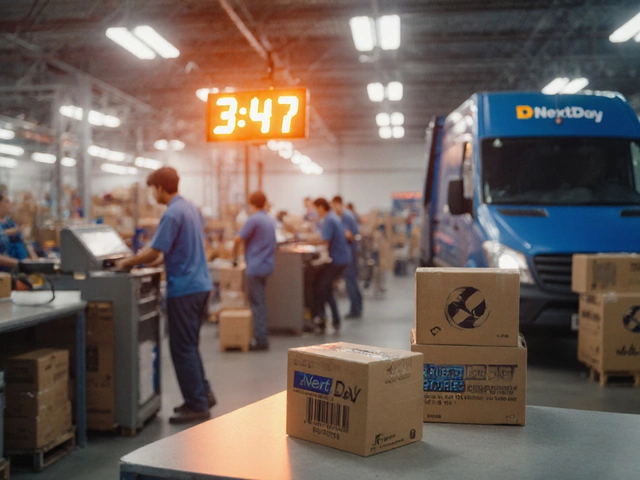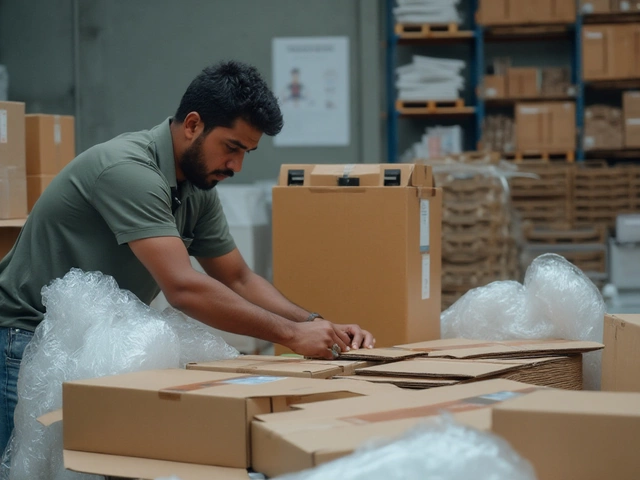In today's fast-paced world, warehousing plays a pivotal role in keeping the wheels of commerce turning smoothly. So, if you've ever ordered something online and marveled at how quickly it arrived, you've got these mighty warehouse companies to thank. When it comes to giants in the industry, one name consistently nudges its way to the top: Amazon.
Amazon isn't just known for quick deliveries and an ever-expanding catalog of goods. It's also famed for having a jaw-droppingly large network of distribution centers spread across the globe. Some say if there was a Warehouse Olympics, Amazon would take home the gold without breaking a sweat.
- Introduction to Warehousing Giants
- Amazon: The Retail Powerhouse
- Alibaba: The Global Contender
- Warehouse Operations and Innovations
- Conclusion: The Future of Warehousing
Introduction to Warehousing Giants
Have you ever stopped to wonder how some companies can move millions of products around the globe as if it’s a piece of cake? Welcome to the hefty world of warehouse companies. This behind-the-scenes world is both gigantic and fascinating, filled with innovation, intricate logistics, and the ability to make the complex simple.
In the realm of warehousing, two titans often come to mind: Amazon and Alibaba. These two are not just retail heavyweights; they’re also leading the charge in the logistics and supply chain universe. Their smart strategies and tech prowess have made them top contenders in the warehouse space.
The Rise of Mega Warehouses
The evolution of warehousing is closely tied to the explosion of e-commerce and the demand for quick delivery. With customers expecting faster turnarounds, companies are investing in mega warehouses strategically located near key markets. This way, orders can be processed faster, slashing delivery times.
For instance, did you know that Amazon operates over 185 distribution centers just in North America? That's not all. They have facilities in Europe, Asia, and more, some of which span over a million square feet! Talk about taking warehousing up a notch.
The Role of Technology
The secret sauce for these logistics giants? Cutting-edge technology. From robotics that whiz around picking items to AI systems predicting stock needs, tech is crucial. Amazon has even dabbled in drone deliveries to trim down delivery times.
| Company | Number of Distribution Centers |
|---|---|
| Amazon | 185+ |
| Alibaba | Over 100 |
Beyond traditional storage, these warehouses serve as high-tech hubs for processing and moving goods efficiently. Automation and data analytics help them stay ahead in this competitive environment.
This might sound like factory work on steroids, but hidden beneath is a blend of sophisticated supply chain dynamics and a dash of futuristic technology. Whether it’s a local shop or a global brand, these warehousing giants are the backbone of the supply chain, keeping businesses and lives moving.
Amazon: The Retail Powerhouse
When it comes to massive warehouse operations, Amazon is often the star of the show. With over 175 fulfillment centers worldwide, Amazon has redefined the logistics game, making delivery speeds faster than ever. It’s amazing to think that a company that started out selling books online now ships everything from tech gadgets to groceries. Their stateside spread is immense with major hubs in places like Seattle, Dallas, and Atlanta.
If you're wondering how they do it, two words: advanced technology. Amazon's facilities are teeming with robots working alongside human associates to sort, pack, and ship items with incredible speed. These robots take care of tasks like lifting heavy loads, which can be backbreaking for humans. Imagine rows of products coming to you instead of the other way around—talk about efficiency!
Sophisticated Tech and Operations
Amazon’s secret sauce isn’t just its size—it's the calm chaos they manage behind the scenes. Their smart warehouses use advanced algorithms to optimize picking routes, reducing packing errors and delivery times. Think of it like a game of Tetris, but with real-life products being picked and packed at record speeds.
Strategic Global Presence
The global reach of Amazon is mind-blowing. It caters to millions of customers across the world, and achieving such a feat required strategic placement of their warehouse centers. So if you've ever gotten a package ahead of time, you likely have a nearby Amazon hub to thank.
| Continent | Number of Fulfillment Centers |
|---|---|
| North America | 110+ |
| Europe | 55+ |
| Asia | 10+ |
For any business looking to learn from Amazon, understanding their blend of technology, human labor, and strategic location decisions provides a roadmap to achieving logistics greatness.

Alibaba: The Global Contender
When most folks think of online giants hailing from the East, Alibaba often comes to mind. Founded by Jack Ma in 1999, this behemoth of a company isn't just shaking things up in Asia—it's a strong challenger on a global scale. From e-commerce to logistics, Alibaba's intricate web of operations is astounding.
What sets Alibaba apart in the warehousing world is its keen use of technology and data. They have been investing heavily in 'smart' warehouses. Picture robots zipping around, scanning items, and making the whole process crazy efficient. It's like something out of a sci-fi flick. According to Alibaba's Chief Technology Officer, "Our use of robotics and AI in logistics isn't just futuristic, it's happening now."
"Innovation at Alibaba is about making logistics smarter to ensure efficiency for businesses and convenience for consumers," - CTO of Alibaba.
Key Innovations at Alibaba
- Cloud Computing: They leverage the Alibaba Cloud to optimize logistics, manage inventory, and predict demand with jaw-dropping accuracy.
- AI and Robotics: These tools are integrated into their supply chain management, reducing human error and speeding up operations.
- Global Reach: With initiatives like AliExpress and Taobao, Alibaba is not just serving China but has its eyes set on the world's retail and logistics market.
What's mind-blowing is the sheer scale. Knocking on the door of having arguably the largest distribution centers, Alibaba's operations span millions of square feet. And it’s not just quantity—they have finesse in ensuring each facility is optimized for efficiency. If you think about the world of logistics and supply chain, Alibaba's ambition makes it a genuine global contender.
| Year | Warehouses | Countries Served |
|---|---|---|
| 2023 | 300+ | 190+ |
So, while Amazon maybe the household name, keep an eye on Alibaba. They're bringing serious competition to the global logistics table and changing how goods move from Asia to the rest of the world.
Warehouse Operations and Innovations
When it comes to warehouse operations, efficiency is king. The biggest players in the game, like Amazon and Alibaba, have refined their processes to the point where people practically get what they want before they even ask for it. So, how do they do it? Let's take a look.
Robotics and Automation
In the race to speed up service and cut costs, automation and robotics are the game-changers. Amazon’s fulfillment centers are a wonder to behold, with thousands of robots buzzing about, ferrying shelves to workers instead of the other way around. This tech not only speeds things up but also drastically reduces errors — because let's face it, robots don't misplace items.
Advanced Inventory Management
Logistics is all about precision. The big companies use advanced software systems that track inventory levels in real-time. This data-driven approach ensures they always know what’s in stock and what needs to be reordered. It’s like having a crystal ball for inventory — no more overstock or out-of-stock headaches.
Sustainable Warehousing
With climate change on everyone’s mind, sustainability has become a crucial part of warehouse operations. Companies like Amazon are investing heavily in solar energy and electric delivery vehicles. Their warehouses are designed to be energy efficient, and they’re rolling out initiatives to reduce packaging waste. It’s a smart move because green practices aren't just good for the planet; they're great for business too.
Data Utilization and AI
Big warehouses are like treasure troves of data. By analyzing patterns and trends, companies can foresee demand shifts and optimize delivery routes. Artificial intelligence plays a massive role here, enhancing customer experience by predicting what products people might need next. Think of it as turning data into foresight.
With top-tier warehouse solutions constantly evolving, it's clear the future is now. These innovations are not just reshaping the way goods are stored and distributed, but they’re also setting new standards in service delivery. And as technology keeps marching forward, who knows what amazing innovations we'll see next.
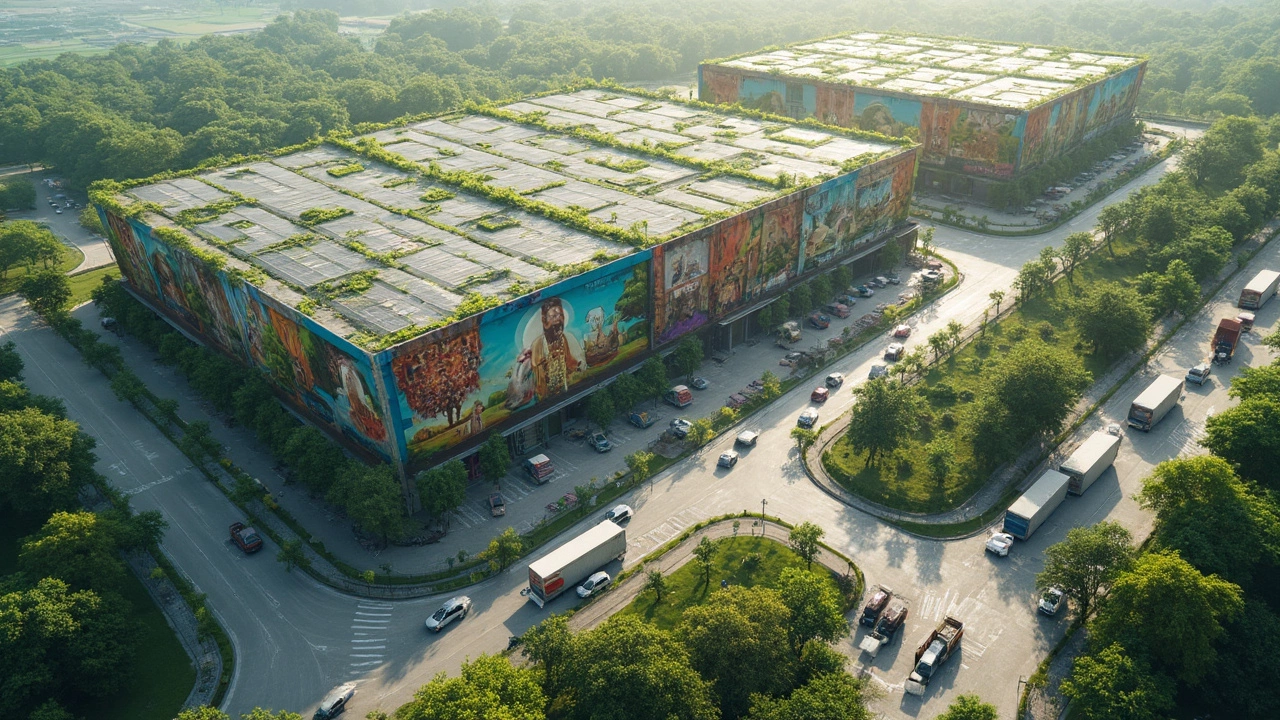
Conclusion: The Future of Warehousing
The future of warehousing is looking not just big, but downright futuristic. With technological advancements like robotics, AI, and the Internet of Things (IoT), warehouses are transforming from simple storage spaces into high-tech hubs of activity. Companies like Amazon are already deploying robots to assist with sorting and picking items, making operations faster and more efficient.
One major trend reshaping the industry is the rise of sustainable practices. As environmental concerns become more pressing, logistics and warehouse companies are investing in greener technologies—think solar-powered facilities and energy-efficient systems. This shift not only benefits the planet but also serves to reduce long-term operating costs.
Expansion of Global Reach
Globalization is another huge factor. Giants like Amazon and Alibaba are expanding their footprint to new regions, responding to increasing demand for swift delivery regardless of customer location. The ability to strategically place distribution centers around the world is key to maintaining competitiveness and customer satisfaction.
Automation and Workforce Dynamics
While automation is all the rage, the human element remains crucial. Rather than replacing workers, technology often complements their capabilities, taking over repetitive tasks and allowing humans to focus on more complex, decision-making roles. Training programs are becoming essential to equip workers with new skills required in this evolving landscape.
In a nutshell, the supply chain and warehousing industries are on the brink of a revolution. The companies that adapt will not only survive but thrive, setting new benchmarks for efficiency and customer satisfaction. It's an exciting time for those involved, and as always, the emphasis remains on innovation and adaptability.
